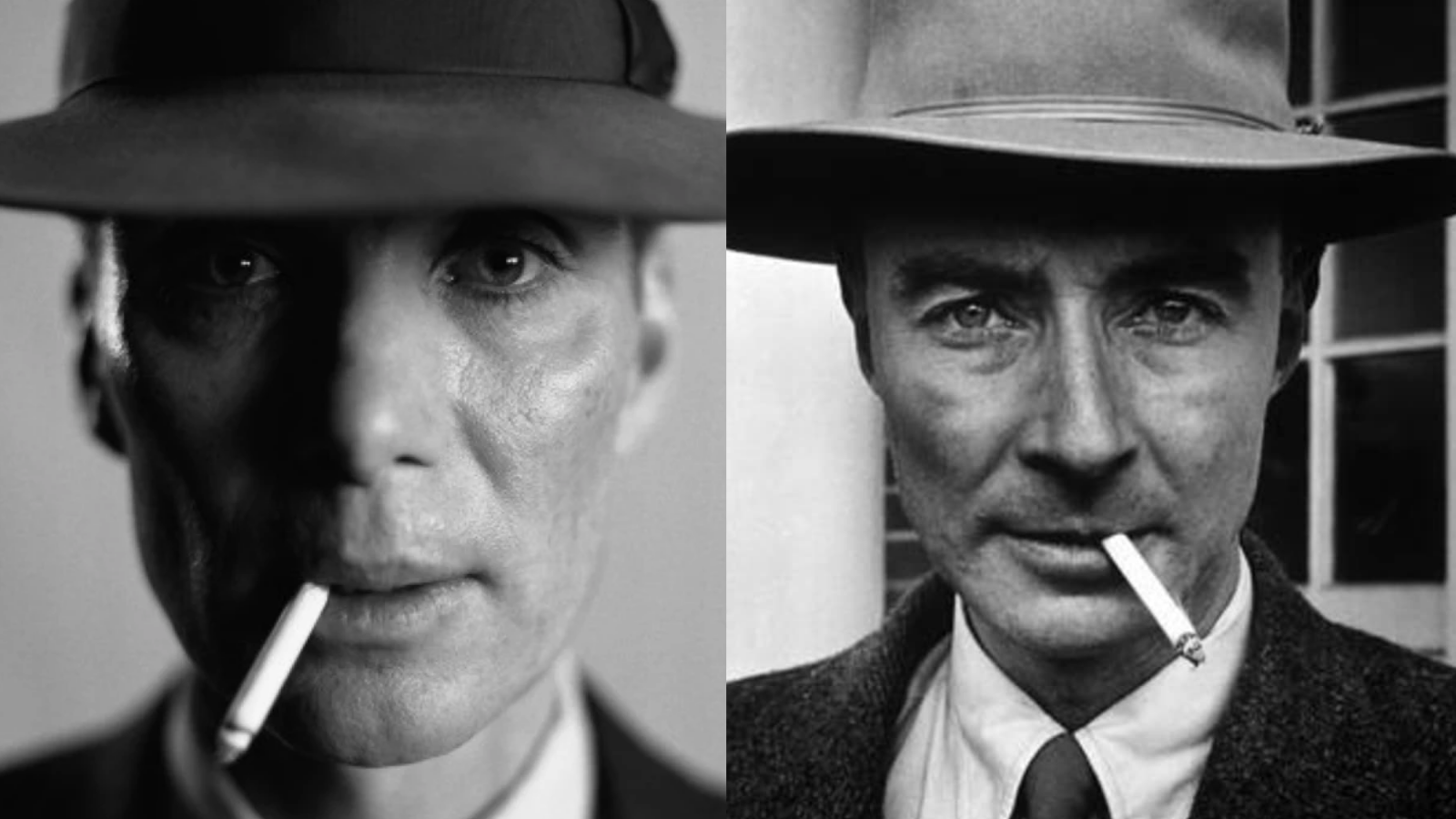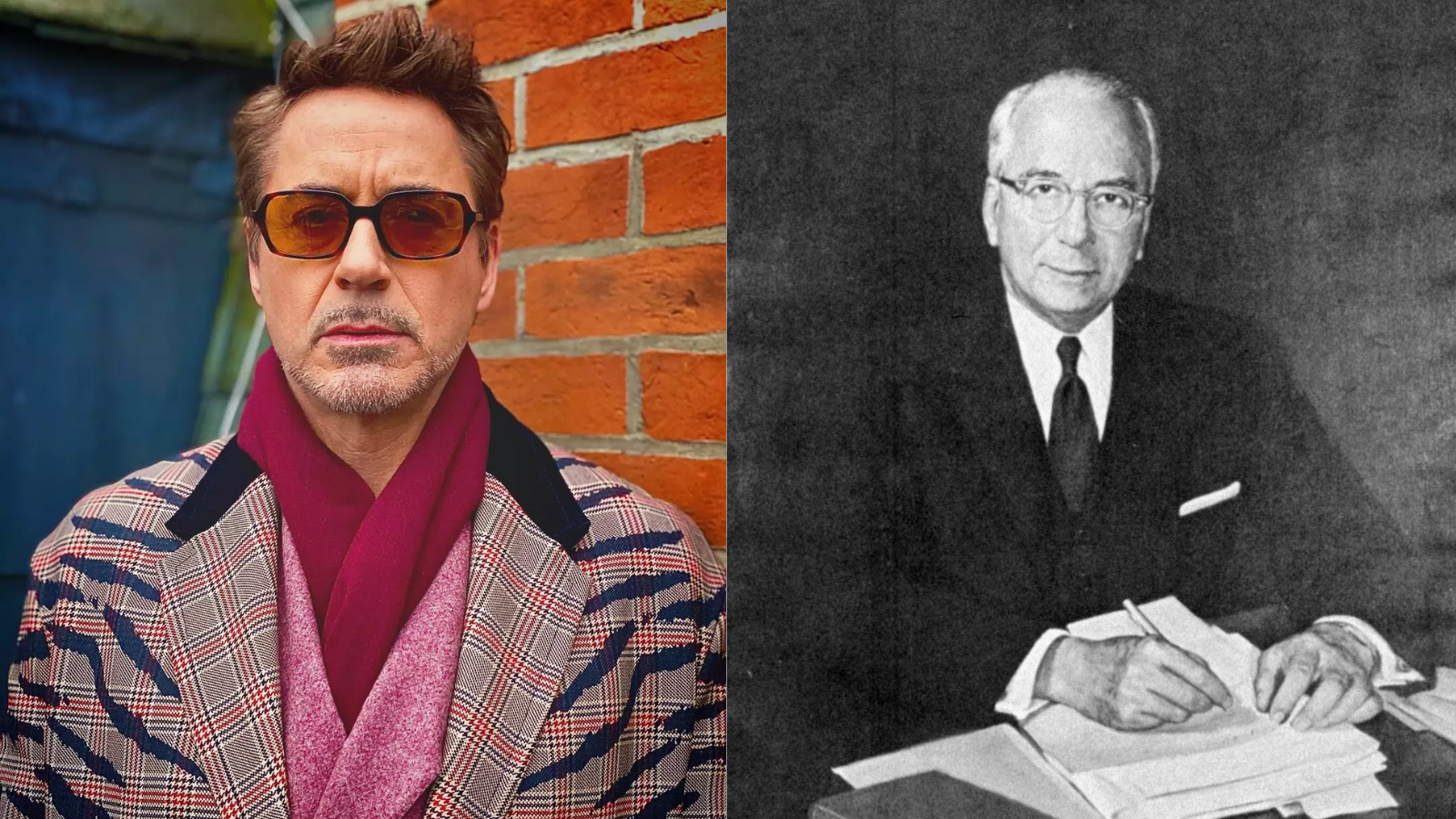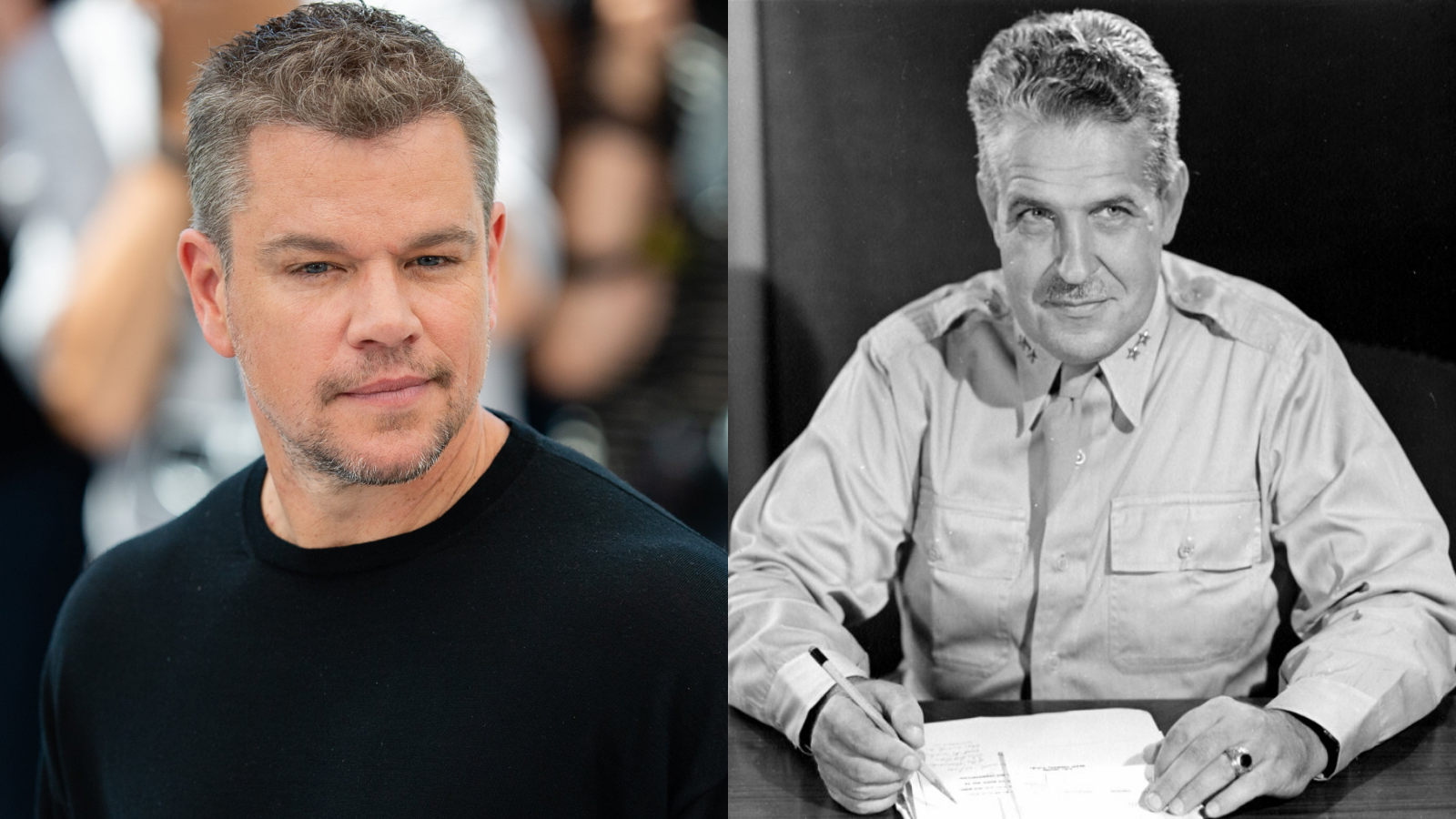Oppenheimer clearly establishes that an atomic bomb in and of itself doesn’t have the power to destroy the entire world, but how long will those hazardous radiations keep the land in a chokehold of sterility?
As detailed by Cillian Murphy’s J. Robert Oppenheimer, the odds of incinerating the entire world in a scalding cloud of ionization are not high, but we do know that it still makes living in that particular area of the world where a detonation has occurred an impossibility.
This is due to the creation of radioactive isotopes, which, depending on the composition, could have a half-life of hundreds of years. The atom bomb is truly a destroyer of life itself, leaving behind a barren wasteland that turns into a killing ground itself. So, the question is: How long will it take for the atmosphere and the ecosystem to repair itself? More specifically, is it now safe to visit the site of the Trinity Test, where Oppenheimer detonated the first atomic bomb in history?
Is the Trinity site still radioactive?
Even more than 75 years after the detonation, the radiation levels of the ground zero in the Jornada del Muerto desert remain 10 times greater than the climate’s natural radiation.
According to Atomic Archive, a one-hour visit will give you an exposure of 0.5 to 1 milliroentgen. That’s not high when put into perspective. The average U.S. adult is exposed to 90 milliroentgens of radiation every year from natural sources like UV light or food, so your body could probably handle a very short visit to the Trinity.
The key to understanding irradiation is in the measurement of the exposure over a particular span of time. Your body may receive 90 milliroentgens every year, but the amount you’re naturally exposed to at any given time is much lower than that, and not fatal. So, while spending some time near ground zero won’t necessarily prove lethal, it will still come with some risks. What’s more, the glassy substance known as Trinitite found in the area near the Trinity site contains higher levels of radiation and shouldn’t be touched without radiation shielding.
Thought of in those terms, nuclear bombs seem like the most idiotic invention of mankind. When the government dropped those bombs on Hiroshima and Nagasaki, tens of thousands of people perished almost instantly, but many continued to succumb to radiation sickness and a plethora of other complications in the ensuing fallout, so it’s not always the mushroom cloud of death that you should be wary of when it comes to nuclear detonations, but all those invisible rays of radiation that permeate the climate surrounding it.















Published: Jul 24, 2023 12:34 pm